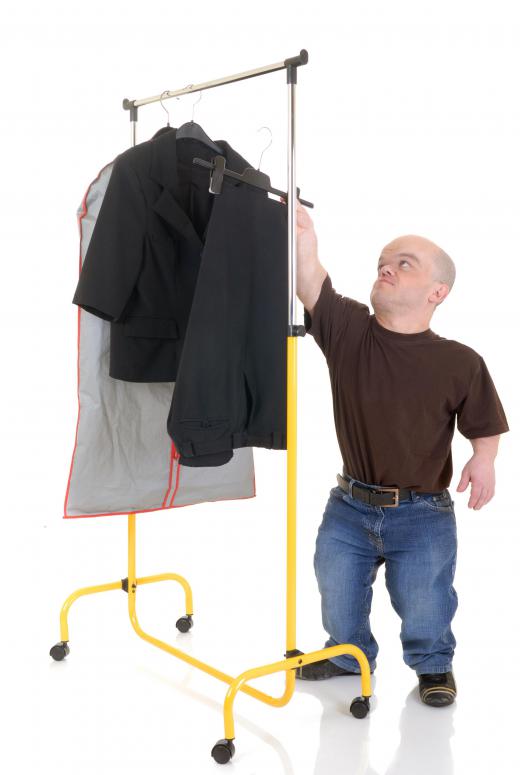A shunt valve is part of a ventriculoperitoneal (VP) shunt used in treating diseases such as hydrocephalus. Hydrocephalus is a condition involving an abnormal accumulation of cerebrospinal fluid (CSF), the clear fluid which circulates around the brain and spinal cord, inside the skull. Elevated amounts of fluid in the close confines of the skull can increase pressure inside the head and cause compression of the brain. Placing a VP shunt is usually necessary to relieve this pressure by draining excess fluid in the brain down to other sites of the body. The presence of the shunt valve allows the regulation of the amount of CSF being diverted away from the brain.
Neurosurgeons are doctors who usually perform surgical operations on the brain. Pediatric neurosurgeons are mostly the ones who do operations on pediatric cases, such as on children with congenital hydrocephalus. Congenital hydrocephalus is often seen during birth, and affected babies often present with an enlarged head. This can be due from infections acquired by the mother while pregnant.

The neurosurgeon often operates on the brain in order to place the shunt, which is composed of the shunt valve and two thin tubes or catheters. One of the flexible tubes is implanted into the patient's brain and the other is either placed in the heart chamber, abdominal cavity, or in the spaces around the lungs. A shunt valve, which is attached to the two tubes, is usually positioned behind the ear of the patient. As fluid continues to build up in the brain, it increases the pressure inside. The valve will then open in order to drain out the excess fluid into the other site.

There are two types of hydrocephalus shunt valves most commonly used. One is the adjustable-pressure shunt valve and the other is the fixed-pressure shunt valve. The adjustable type allows the neurosurgeon to adjust the pressure settings without the need for another surgical procedure. With the fixed-pressure shunt valve, the pressure settings are set by the neurosurgeon during the implantation of the shunt.

The neurosurgeon chooses which type of shunt valve depending on the type of hydrocephalus and general health condition of the patient. These shunt valves were designed to regulate the flow of the CSF and prevent over-draining or under-draining. When over-draining of fluid occurs, the patient may feel several symptoms such as headache that worsens when standing, nausea and vomiting, double vision, and drowsiness. On the other hand, if the excess CSF is under-drained, the brain will not be relieved from being compressed and the patient will have periodic headache, decreased mental function, drowsiness, nausea, and vomiting.
